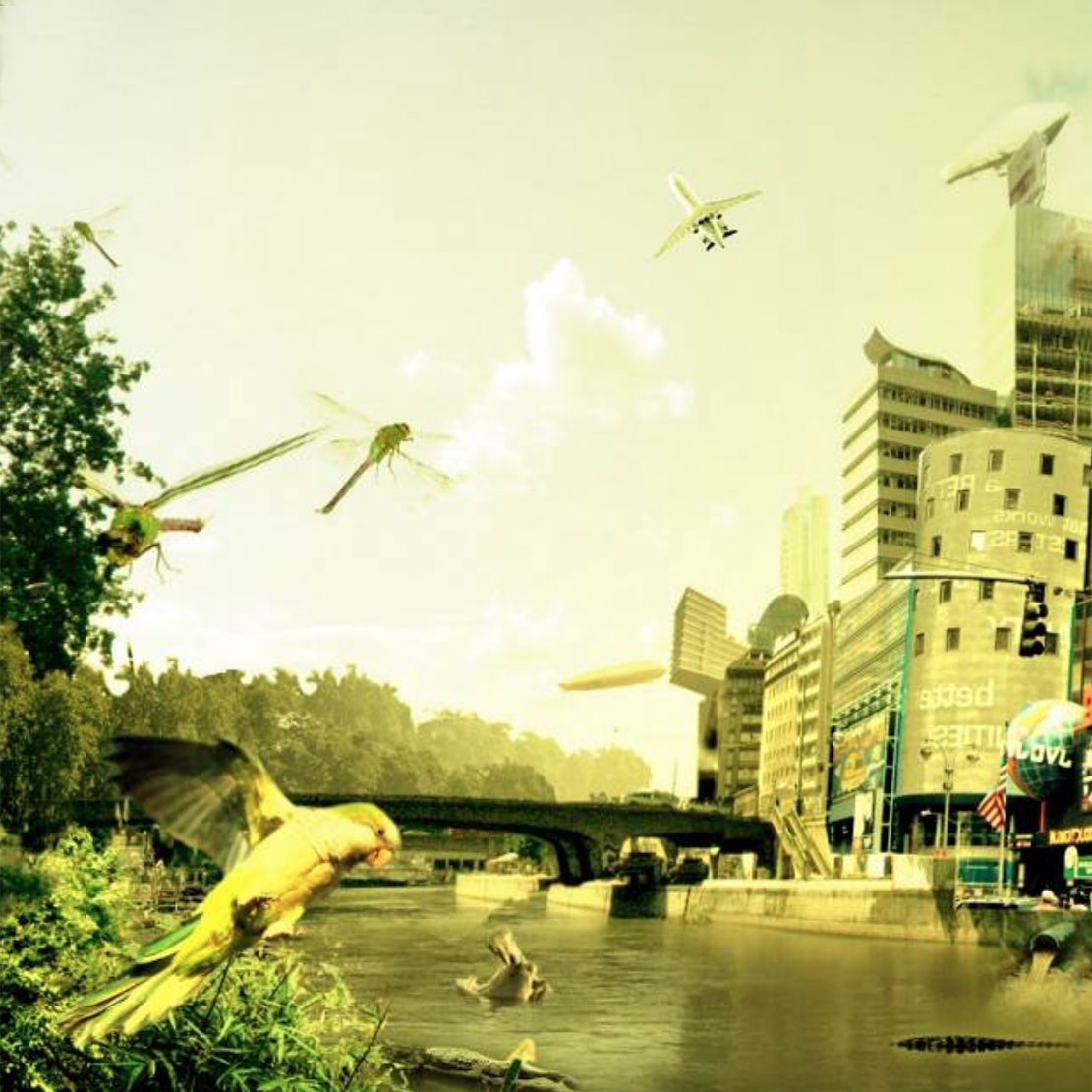COLridor
Co-design and co-living urban adaptation
DOI:
https://doi.org/10.7577/formakademisk.2647Sammendrag
The mission of the present trans-disciplinary community environmental project COLridor (Davidová, 2017b) is to generate a situation of eco-systemic co-living across local species’ and abiotic agency in an urban environment through their co-design. Located in the city centre of Prague, the case study bio-tope is a part of larger bio-corridor that has evolved namely thanks to the adjacent railway and water stream. Though the prevailing opinion of European urbanists stays that cities should remain dense and separate from the rest of nature, landscape ecologists and biologists tend to disagree. There is no nature on Earth without human beings and these together evolved reflecting each other’s impact and interaction. A great variety of species have adapted and evolved for the urban environment that, at the moment for many, offers safer and more habitable living environment than agricultural land full of herbicides, pests, antibiotics and antibiotics resistant bacteria. Through systematically co-designed and co-created so called eco-systemic ‘prototypical urban interventions’ (Doherty, 2005), the project aims to motivate generation of edible landscape, social, cultural and habitable urban environment across the species. We claim that designers should be no longer designing for- but designing with- the overall eco-system. This case study helps to justify first author’s ratified design field Systemic Approach to Architectural Performance, covering fusion of variety of co-design across eco-system in process based fields.
This is an extended, edited and updated article based on a working paper ‘COLridor: Co-Design and Co-Living for Sustainable Futures’ (Davidová & Zímová, 2017) for Relating Systems Thinking and Design 6 conference within the theme ‘Environment, Economy, Democracy: Flourishing Together’ (Sevaldson, 2017).

Nedlastinger
Publisert
Hvordan referere
Utgave
Seksjon
Lisens
- Forfatteren(e) beholder sin opphavs- og kopieringsrett til eget manuskript, men gir tidsskriftet varig rett til 1) å fremføre manuskriptet for offentligheten i den opprinnelig publiserte digitale form, og 2) å registreres og siteres som første publisering av manuskriptet.
- Forfatteren må selv forvalte sine økonomiske kopieringsrettigheter overfor eventuell tredjepart.
- Tidsskriftet gir ingen økonomisk eller annen kompensasjon for innsendte bidrag, medmindre det er gjort særskilt avtale om dette med forfatteren(e).
- Tidsskriftet plikter å arkivere manuskriptet (inklusive metadata) i den opprinnelig publiserte digitale form, i minst ett dertil egnet åpent tilgjengelig langtidsarkiv for digitalt materiell, som for eksempel i de norske universitetenes institusjonsarkiv innen rammen av NORA-samarbeidet.
Verket vil bli publisert OpenAccess med en Creative Commons 4.0-lisens som tillater alle å lese, dele og tilpasse innholdet, også kommersielt, under lisensvilkårene:
Dette verket må tilskrives/ krediteres på riktig måte, en lenke må gis til CC-BY 4.0-lisensen, og endringer som er gjort må angis på en rimelig måte, men ikke på noen måte som antyder at lisensgiveren støtter deg eller din bruk.



